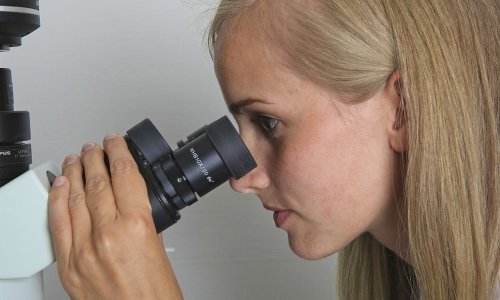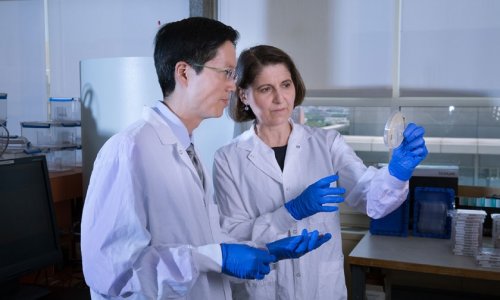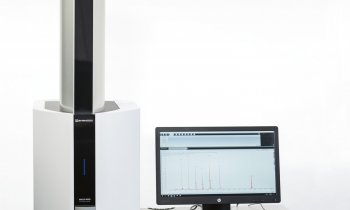Isolation technology
As processes become more complex, the need for increased laboratory safety is paramount. Protecting operators from hazardous substances, aerosol release or spillages is a critical consideration during processes, whether they are mixing substances or dispensing drugs. Of equal importance is the need to protect the substance, or product, from contamination from the operator. Mark Nicholls presents and overview of current and future lab safety measures
The shift in emphasis in recent years has been towards isolation technology. This, according to experts, appears to be continuing. Isolator technology offers enhanced product handling capabilities yet safely separates the operator from the product during processes such as sampling, weighing, liquid decanting or working with a dangerous virus.
Clean room technology and laminar flow hoods and benches have traditionally been relevant in this area and still have an important role to play in creating sterile and particle-free conditions; but it is isolator technologies that are now providing the heightened levels of protection and security required in many laboratories.
James Agalloco is president of Agalloco & Associates, which provides a range of technical services to the pharmaceutical and biotechnology industry, and has particular expertise in aseptic processing, isolation technology and sterilisation. ‘Isolation makes the separation near perfect,’ he explained. ‘The isolator operates so well because the operator isn’t in the same environment as the materials.’
Isolation technology has also become the preferred option in the pharmaceutical and health sectors for new installations, particularly where organisations are regularly dealing with potent compounds. ‘Operational performance has been extremely good, and is cost effective relative to conventional clean room production,’ he pointed out. Operators spend less time gowning and one operator can perform many tasks with an isolator that would require individuals in different places.’
First developed for use in the nuclear industry, isolation technology has found a more recent relevance in pharmaceutical manufacturing and also in hospital laboratories that have found that humans can be the area where the biggest threat of contamination arises in a process. The technology not only allows an item to be placed out of human touch, but it also enables an operator to have a high degree of access and control over a process without having to wear constrictive garments and has clear advantages with aseptic work areas.
For a growing number of processes, biological safety cabinets are no longer believed adequate for the preparation of drugs in hospital pharmacies, sterility testing or preparation of cytotoxics, leading to a shift towards isolation technology to offer the level of protection necessary to the operator and to avoid product contamination.
Brian Alexander, director of regulatory compliance at Tepnel Research Products and Services in Scotland, said that whilst the sterility test is one of the most critical performed by a microbiologist, and has traditionally been conducted with a laminar flow hood, he notes more organisations using isolator technology for sterility testing.
While the shift is not inexpensive, he said, there are advantages. ‘Operating costs are lower for isolators due to the smaller workspace footprint, lower utility costs, reduced gowning and reduced training and cleaning costs.’
Options available in isolator technology include Glove Isolators and Half Suit Isolators as well as Flexible Plastic Isolators, Rigid Plastic Isolators, Stainless Steel Isolators and Transfer Isolators with latest developments seeing the introduction of gloveless isolators.
Transfer isolators, equipped with a ventilation and filtration system and various connections for decontamination, allow movement of supplies from the isolator without compromising the process. ‘The salient point of all isolator designs is the complete separation of internal and external environments,’ Brian Alexander added.
01.05.2009











